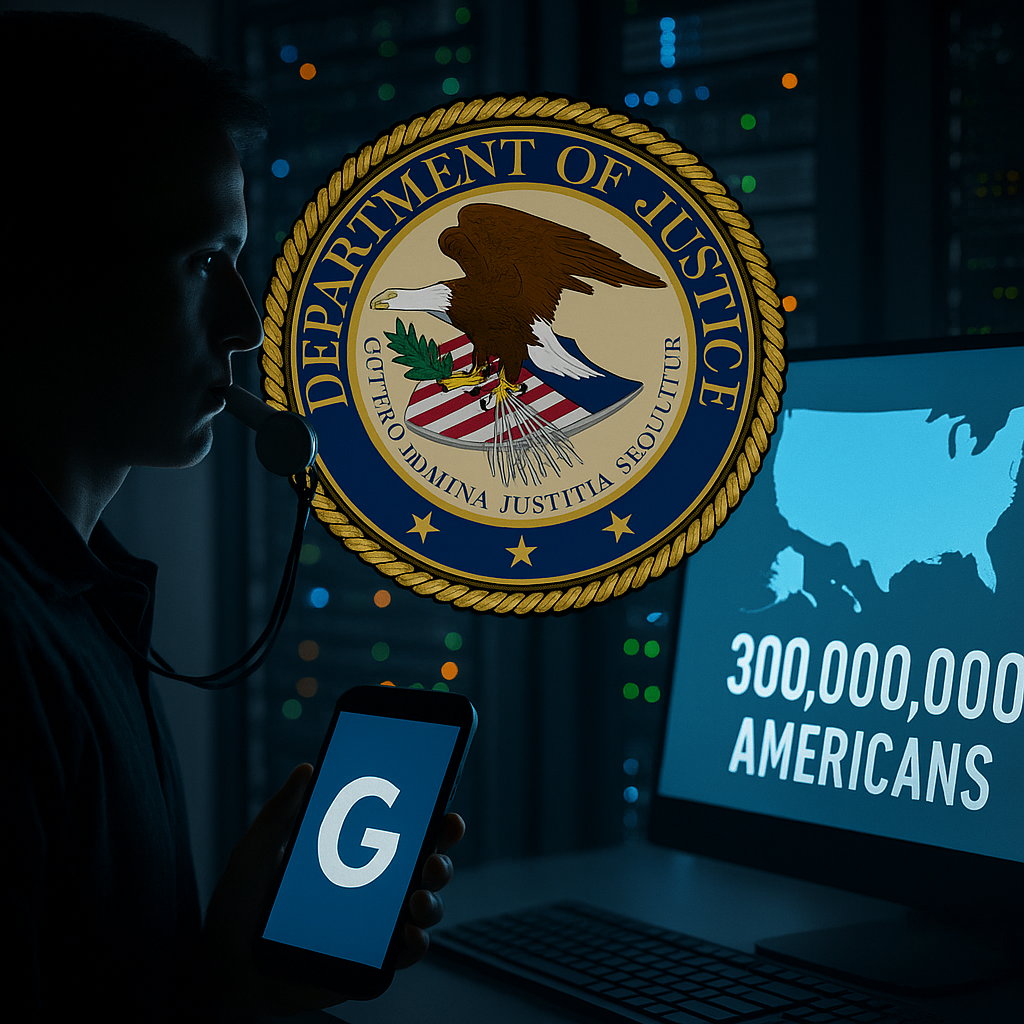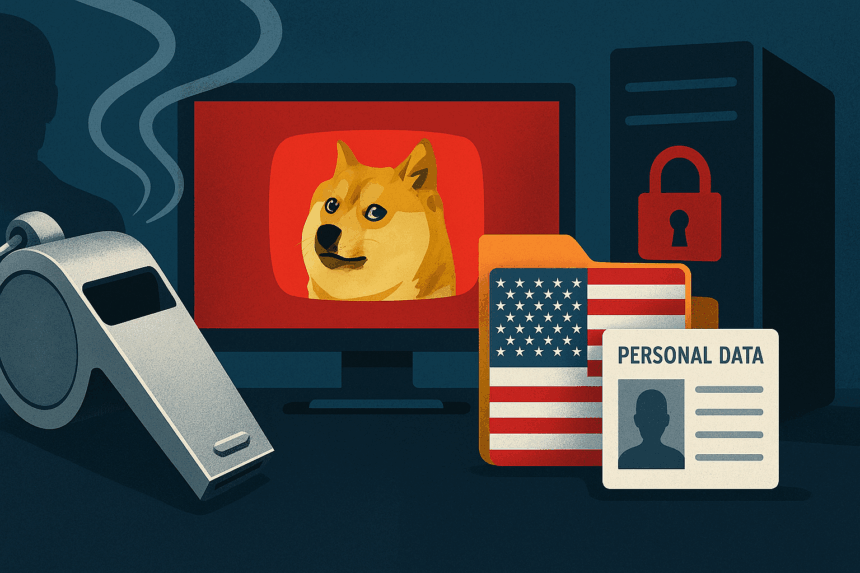A whistleblower has accused the Social Security Administration (SSA) of mishandling the most sensitive personal data in the United States. According to documents shared with the Government Accountability Project (GAP), the SSA allegedly approved a project — known as NUMIDENT — that copied records of more than 300 million Americans into a cloud environment. Unfortunately, this environment lacked basic security protections. The claims suggest a potential violation of multiple U.S. laws governing federal cybersecurity.
What’s Happening & Why This Matters
At the center of the controversy is Omid Moghaddassi, the SSA’s Chief Information Officer since June. In a 15 July email, Moghaddassi reportedly authorized the transfer, writing that “the business need is higher than the security risk” and that he “accepts all risks associated with this implementation and operation.” Critics, however, argue that this amounted to gross mismanagement. The system is classified as a High-Value Asset containing deeply sensitive Social Security data.
The SSA’s NUMIDENT database holds records on more than 450 million people, including names, birth dates, and Social Security numbers. According to the whistleblower complaint, this massive dataset was moved to an “uncontrolled environment.” This move made it vulnerable to breaches. Adam Borges, the SSA’s Chief Data Officer and a Navy veteran, raised alarms in a formal complaint. He warned that the move exposed Americans to unauthorized access and possible identity theft.
The SSA responded to the allegations by stressing that all personal data is stored in “secure environments.” These environments have safeguards overseen by the agency’s information security team. Officials also stated they were unaware of any compromise and remain dedicated to protecting citizen data.
Why Security Laws Matter
The whistleblower’s letter cites multiple potential violations of federal law, including the Federal Information Security Modernization Act (FISMA). This act requires agencies to monitor and minimize risks to government systems continuously. It also references the Computer Fraud and Abuse Act, which prohibits unauthorized access to government databases. If confirmed, these breaches could place the SSA in direct violation of cybersecurity obligations established by Congress.

The case takes on greater weight because of Moghaddassi’s background. Before joining the SSA, he worked for Neuralink and X (formerly Twitter), both of which are tied to Elon Musk. He also worked for DOGE at the Department of Labor. This track record, combined with his decision to self-authorize acceptance of significant security risks, has only intensified scrutiny.
Adam Borges, who filed the complaint, became SSA’s Chief Data Officer earlier this year. His role includes oversight of all data access, exchange, and cloud environments within SSA systems. Borges’ letter stresses that he was shut out of visibility into the NUMIDENT project. This drives concerns of an intentional bypass of oversight.
The accusations shape how the government handles cloud-based data migrations. By placing such a high-value dataset into an unsecured environment, critics argue that SSA put virtually every American at risk. The dispute’s outcome determines how strictly agencies adhere to cybersecurity law when adopting cloud technologies.
TF Summary: What’s Next
The whistleblower complaint against the Social Security Administration and its leadership mounts urgent questions about the safety of sensitive citizen data. If the allegations are substantiated, the fallout includes congressional investigations, lawsuits, and stricter regulations. There could be changes in how federal agencies migrate sensitive databases into the cloud.
The SSA insists that no breach occurred and that systems remain secure. But the revelations point to a modernization challenge with strict cybersecurity compliance. With over 300 million Americans’ data potentially exposed, the stakes could not be higher.
— Text-to-Speech (TTS) provided by gspeech


